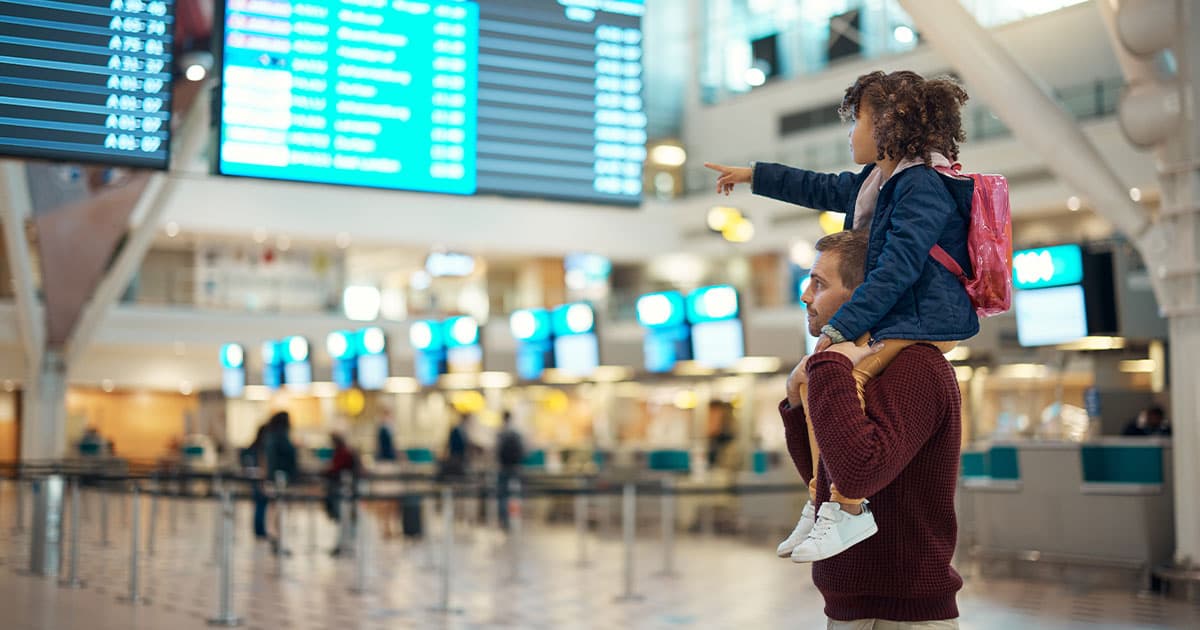
What is the Montreal Convention?
The Montreal Convention is an international treaty that regulates the liability of airlines for injuries, death, or damage to passengers, baggage, or cargo caused by accidents on international flights. It was adopted in 1999 and came into force in 2003. It has been ratified by 136 countries, including Ireland.
The Montreal Convention establishes a two-tier system of liability for airlines. The first tier is strict liability, which means that the airline is automatically liable for damages up to about €138,000, regardless of whether the airline was at fault or not. The second tier is fault-based liability, which means that the airline is liable for damages above €138,000, unless it can prove that the accident was not caused by its negligence or that it was solely caused by the negligence of a third party.
What counts as an accident on a flight?
According to the Montreal Convention, an accident is defined as “an unexpected or unusual event or happening that is external to the passenger and that causes bodily injury”. This means that the injury must be caused by something outside the passenger’s control, such as turbulence, a faulty seat, a falling luggage, or a hot drink spill. It also means that the injury must be physical, not psychological, unless the psychological injury is caused by a physical injury.
Some examples of accidents on a flight that may entitle passengers to claim compensation are:
How to claim compensation for injuries on a flight?
If you have been injured on a flight, you may be entitled to claim compensation from the airline under the Montreal Convention. However, there are some steps you need to take to ensure that your claim is valid and successful.
First, you need to report the accident to the airline as soon as possible, preferably before you leave the airport. You should ask for a written confirmation of the accident report and keep a copy of it. You should also keep any evidence of the accident, such as photos, videos, medical reports, receipts, or witness statements.
Second, you need to file your claim within two years of the date of the accident. You can file your claim either in the country where the airline is based, where the airline has its principal place of business, or where the destination of the flight is located. You should consult a solicitor who specialises in personal injury compensation to help you with your claim and advise you on the best jurisdiction to file it.
Third, you need to prove that the accident caused your injury and that the injury did not occur entirely as a consequence of your own negligence. This means that you need to show that the accident was unexpected or unusual, that it was external to you, and that it resulted in bodily harm. You also need to show that you did not contribute to the accident or the injury by your own actions or omissions, such as failing to follow the safety instructions, being intoxicated, or having a pre-existing medical condition.
If you can prove these elements, you may be able to claim compensation for your medical expenses, loss of income, pain and suffering, and any other damages that you have suffered as a result of the injury. The amount of compensation will depend on the severity of your injury, the impact it has had on your life, and the applicable law of the jurisdiction where you file your claim.
